Eliès: Neuschäfer will be our new heroine in solo ocean racing
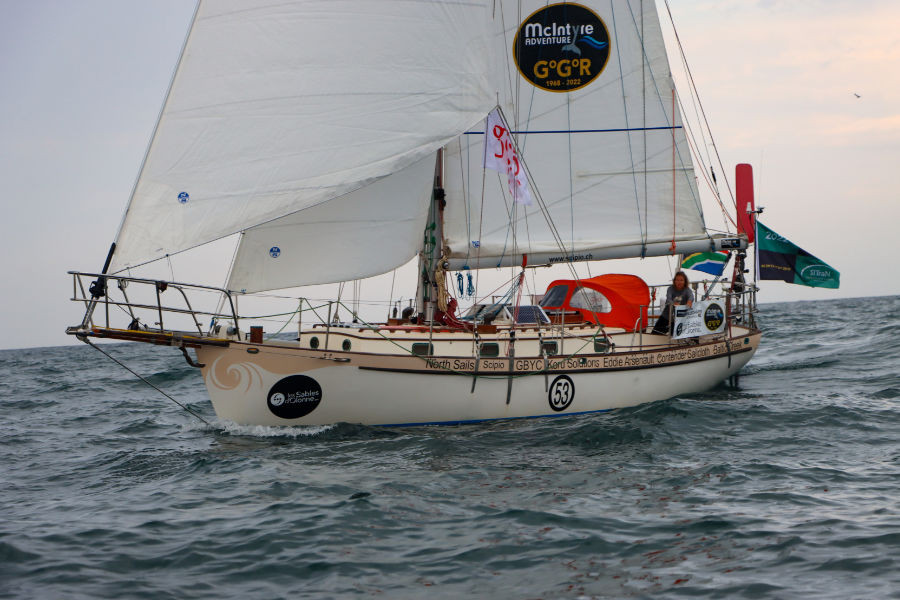
When you look at the history of the IMOCA class, you can see the link with the Golden Globe, the retro race that recreates the first non-stop, solo round-the-world race of 1968-‘69 that featured legends like Bernard Moitessier and Robin Knox-Johnston.
That’s when solo global racing began in the modern era, at an average speed for most of less than four knots, with sailors spending more than 300 days at sea. In that context, it’s hard to believe what modern state-of-the-art foiling IMOCAs can now do, with today’s skippers expecting to rip around the planet in 75 days or less.
During this winter, the “old way” has been celebrated with the current Golden Globe Race – the second recreation of the 1968 classic – in which boats entered had to be built before 1988, had to be no longer than 36ft and on which all electronic navigation aids are banned.
And it looks as though it will be the 40-year-old South African sailor Kirsten Neuschäfer, on board her Cape George 36, Minnehaha, who is going to complete an historic triumph, just ahead of the Indian sailor Abhilash Tomy, sailing a Rustler 36.
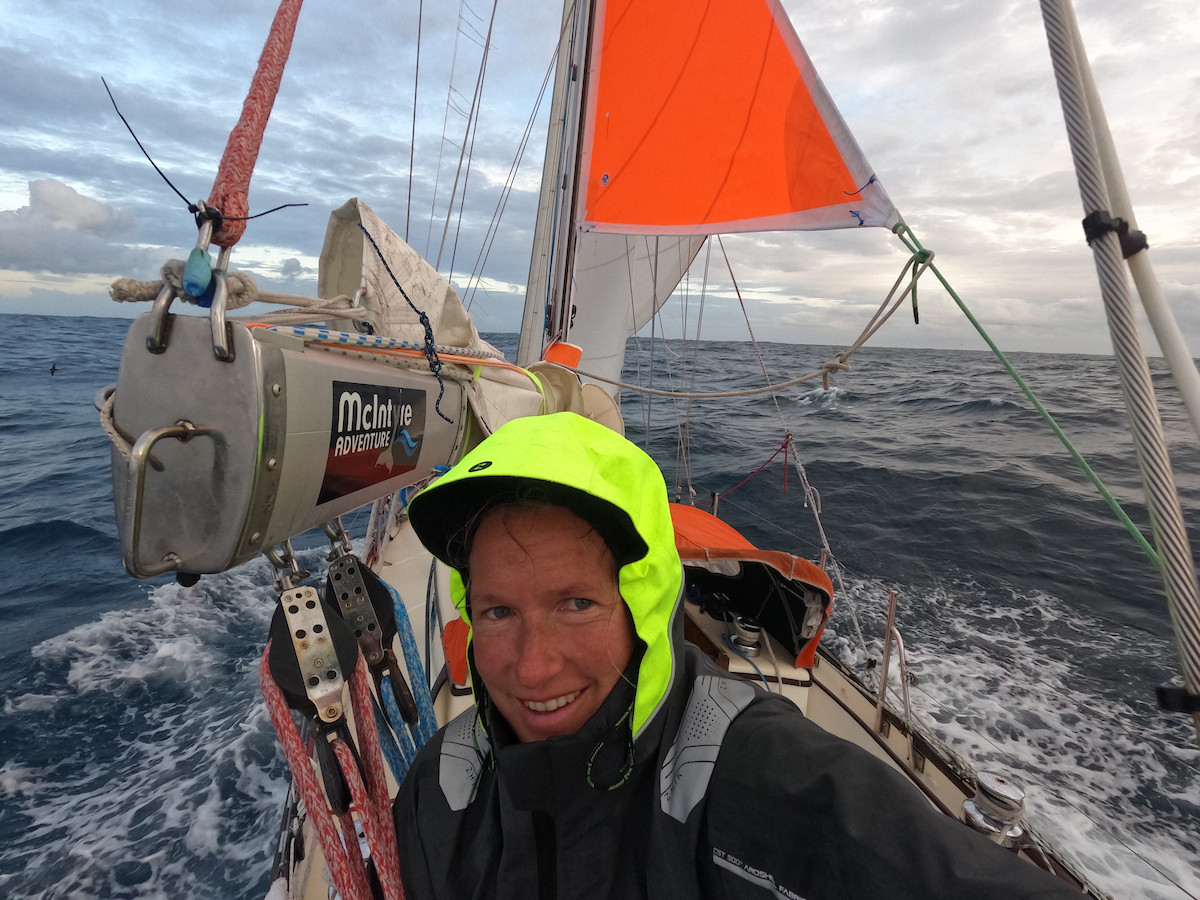
If Neuschäfer does win – probably on Friday when she is expected to reach Les Sables d’Olonne – she will become the first woman to win a solo round-the-world yacht race, after sailing more than 29,000 miles during more than seven months at sea. Not only will she have achieved something no woman has ever managed to do before, but she will have done so during a voyage in which she rescued another competitor whose boat sank in the Southern Ocean.
Among the IMOCA family of skippers, sailors, shore crews and designers, many have been checking their trackers on the Golden Globe website since this contest started back in September, fascinated by its slow-motion war of attrition, as 16 starters gradually got whittled down to just three remaining competitors.
Yann Eliès has been one of them and when you talk to him about it, you realise that, like other IMOCA skippers, he views the Golden Globe not as an amateur event of no relevance to his own version of the sport, but another kind of sailing, albeit at the extreme end of the spectrum when compared with the modern Vendée Globe.
Eliès has been particularly impressed by Neuschäfer, as he told the Class this week. “I think it’s a good thing that she is winning this race,” said the 49-year-old three-time Figaro winner. “This is happening at the best moment for us that a woman is winning a race around the world. Since Ellen MacArthur, we have needed another female hero like that – we have Sam Davies, we have Clarisse (Crémer) too – but they are not winning.”
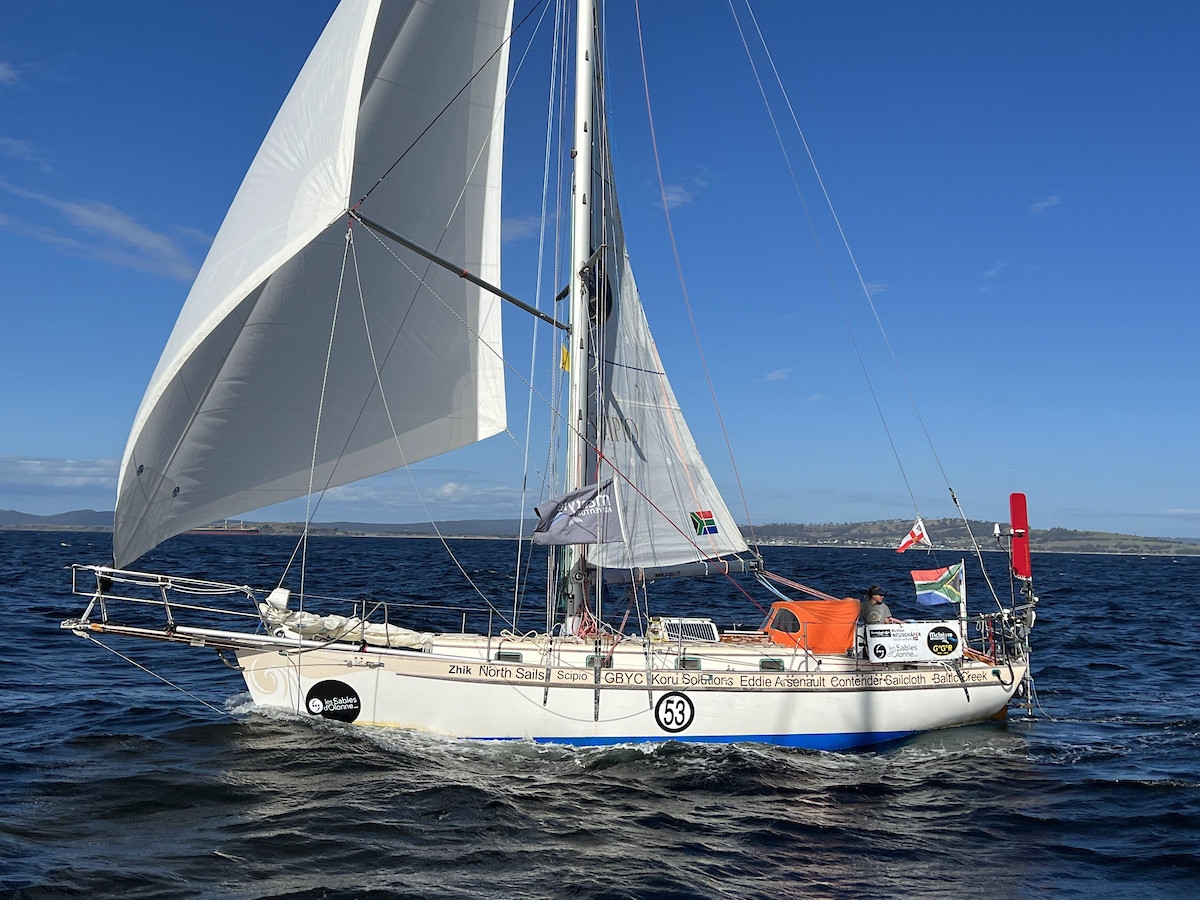
Eliès, who is currently part of the sailing squad on Team Malizia in The Ocean Race, and will rejoin that crew for Leg 5 from Newport to Aarhus, says Neuschäfer clearly loves to test herself and has a special affinity for her boat and for sailing alone, qualities evident in many IMOCA skippers.
“I don’t know her very well, but she looks like she loves adventure with a capital A,” he said. “And not only sailing but walking and cycling too. Adventure is her life. In the Golden Globe you can’t just sail as part of a race, you need something inside you, to motivate you, and it is important to understand that before you do this race and she has always looked happy on board."
“And probably for racing on that sort of boat,” Eliès added, “you have to sail smoothly because you just have a windvane autopilot on board. On that size of boat, with a long keel, if you push too hard, you will probably break the windvane, like (French entrant and pre-start favourite) Damien Guillou and some of the other guys who had problems with this. Probably Kirsten understands that smooth rhythm,” added Eliès, who finished fifth in the 2016-17 Vendée Globe.
Eliès sailed on Leg 2 of The Ocean Race before sitting out the marathon Leg 3 through the Southern Ocean, which Team Malizia won in fine style. He does not mind admitting that he was happy enough to miss racing 12,750 miles through the Big South.
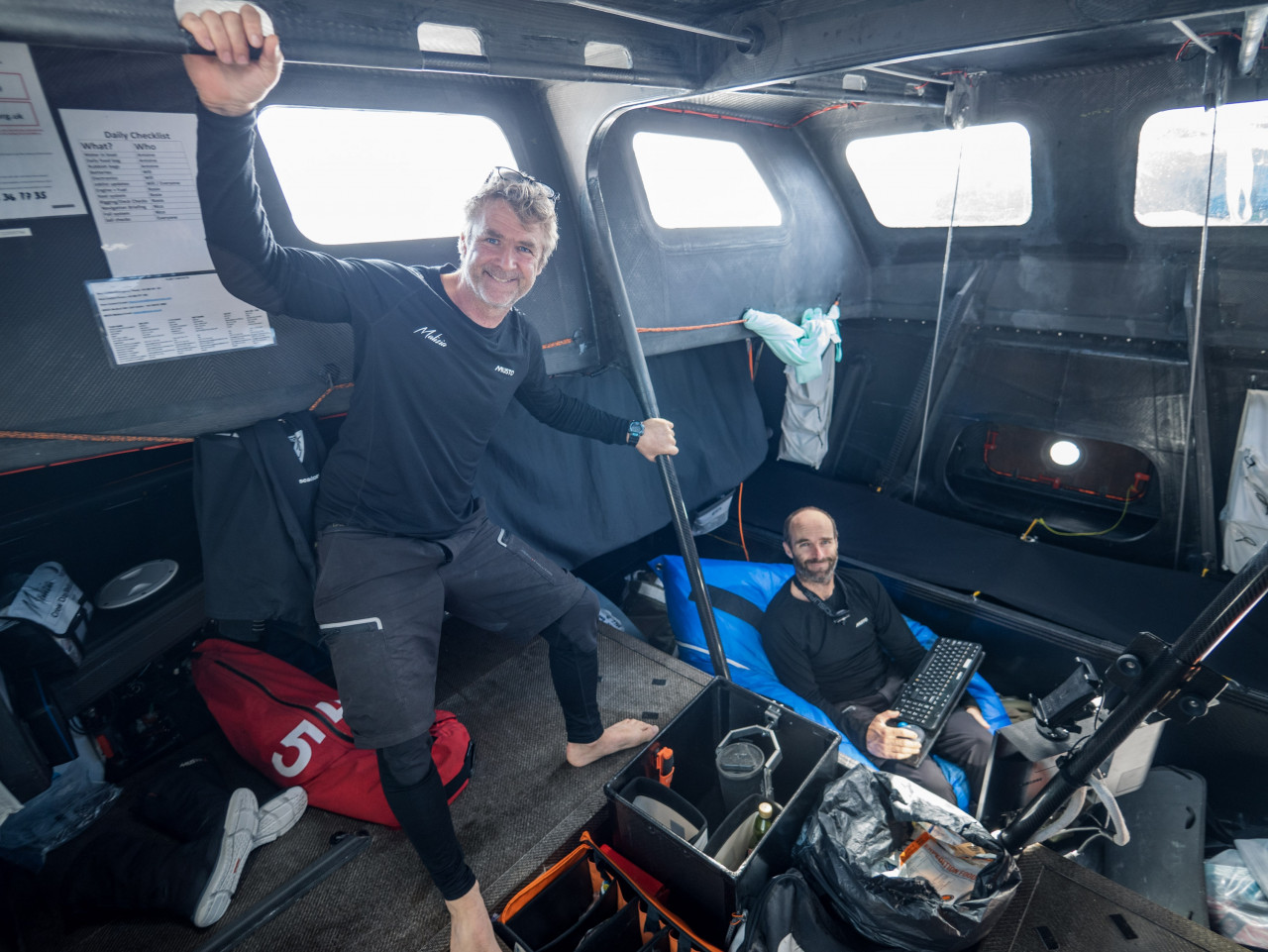 © Antoine Auriol / Team Malizia (Antoine Auriol / Team Malizia (Photographer) - [None]
© Antoine Auriol / Team Malizia (Antoine Auriol / Team Malizia (Photographer) - [None]
“I was a little bit afraid of the third leg because it was a long one,” he said laughing. “But if I was to do that leg, I would have preferred to do it on Team Malizia because it is like a bus, a big bus. It is very comfortable. And I would not want to do it on Biotherm (skippered by Paul Meilhat), which is the most uncomfortable IMOCA I have ever seen!”
Despite her success on Leg 3, Eliès thinks it will be a tall order for Team Malizia to win the race overall. “The boat is designed for the South and for The Ocean Race, with lots of space for bunks and the galley and so on, and I am happy for Boris (Herrmann, skipper) because he imagined the boat for that. But I am a little bit afraid that it is not enough to win a race, or the Vendée Globe, because the voyage is not just through the southern areas of the world, but the Atlantic, north and south too. I think they have a lot to do to make the boat lighter,” said Eliès.
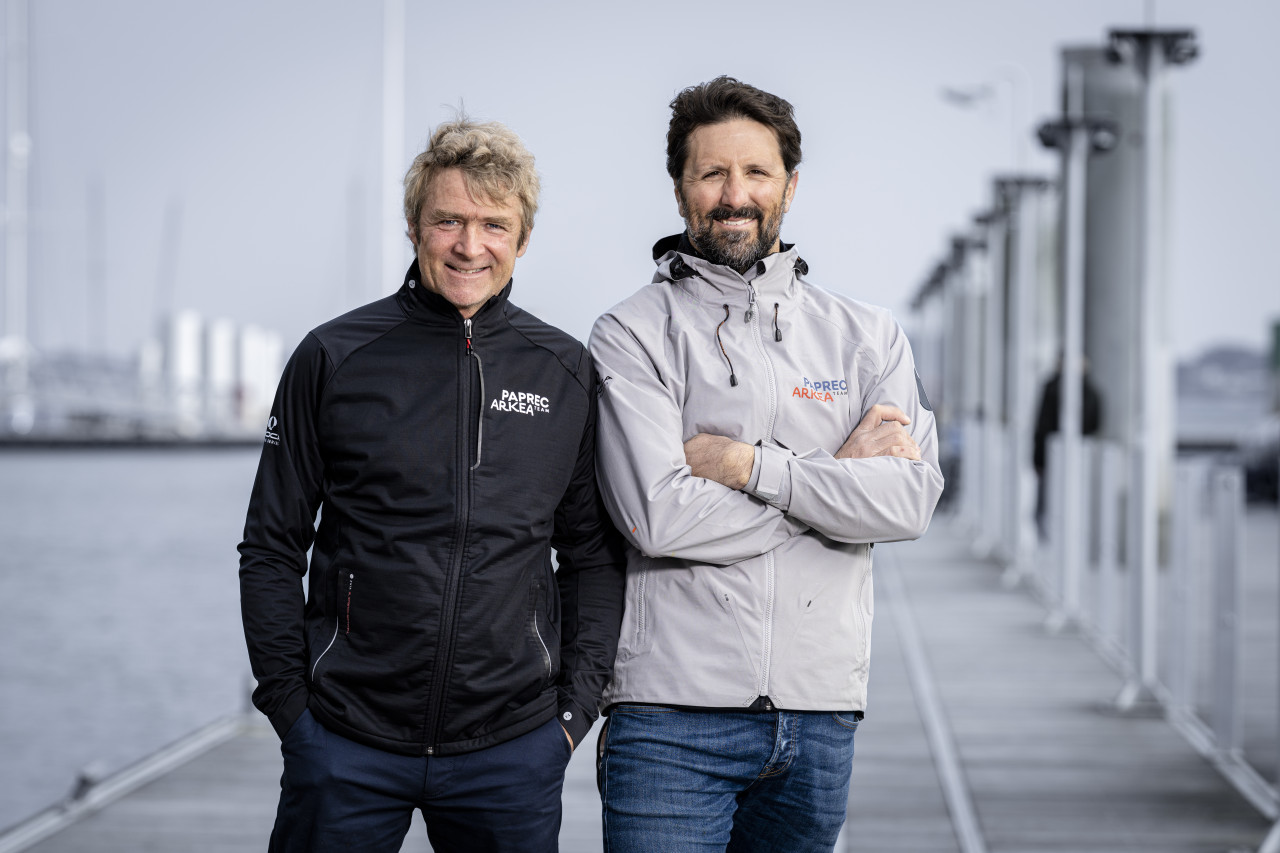 © Eloi Stichelbaut - polaRYSE / Paprec Arkea
© Eloi Stichelbaut - polaRYSE / Paprec Arkea
In between his duties with Team Malizia, Eliès is working with Yoann Richomme on one of the most hotly-awaited IMOCA programmes behind the new Antoine Koch/Finot Conq-designed Paprec Arkéa. Eliès will sail with Richomme on the new flying machine in all the double-handed races in this year’s IMOCA Globe Series, starting with next month’s Guyader Bermudes 1000 which sets sail from Brest on May 7th.
“It’s very exciting to try this new boat and exciting to do the Guyader Bermudes 1000 Race too,” said Eliès. “It looks good. It is hard to be sure actually because we haven’t sailed alongside another boat. But my feeling is that the boat is good – sometimes we hit nearly 30 knots and the overall speed looks good, so we are excited to see that in a few days on the Guyader Bermudes 1000 Race.”
It seems the Paprec Arkéa skipper is delighted too. “Yeah, Yoann is happy – we have not had big issues on board – just the normal teething problems. It looks and sails pretty much how Antoine imagined the boat, so that is a good point – when a boat performs on its first sails, how the designers intended it to.”
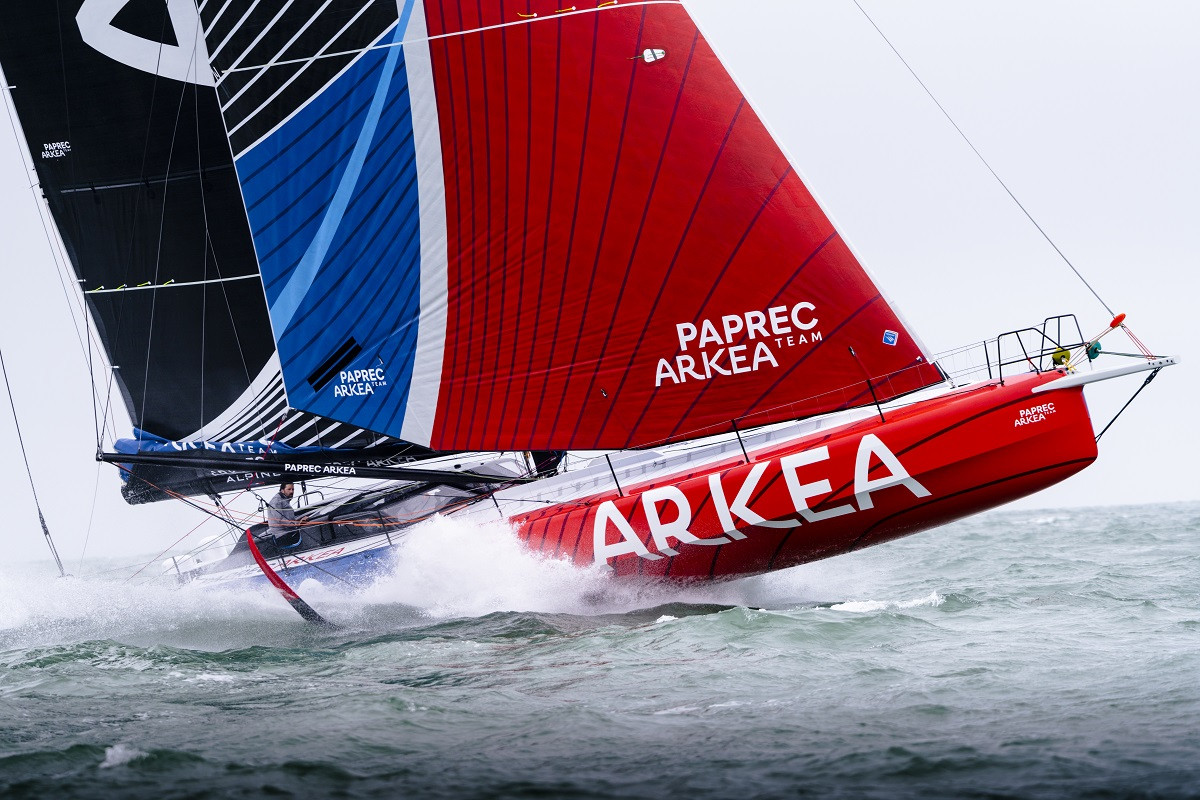 © Eloi Stichelbaut - polaRYSE / Paprec Arkea
© Eloi Stichelbaut - polaRYSE / Paprec Arkea
Ed Gorman
Teams info
After a stunning 2025 season Sam Goodchild is the IMOCA Globe Series Champion for the second time
After a long season at the top of the IMOCA fleet that featured three race wins, Great Britain’s Sam Goodchild is for the second time in three years the IMOCA Globe Series Champion.
•••Quel rôle peut jouer la course au large dans la transformation du transport international ? Avec Pie…
Pour ce 10ᵉ épisode de Transitions, enregistré au Havre lors du départ de la Transat Café L'Or, nous recevons Jeremy Pochman, PDG de 11th Hour Racing, et Pierre-Antoine Morvan, responsable du pôle course au large et supe…
•••